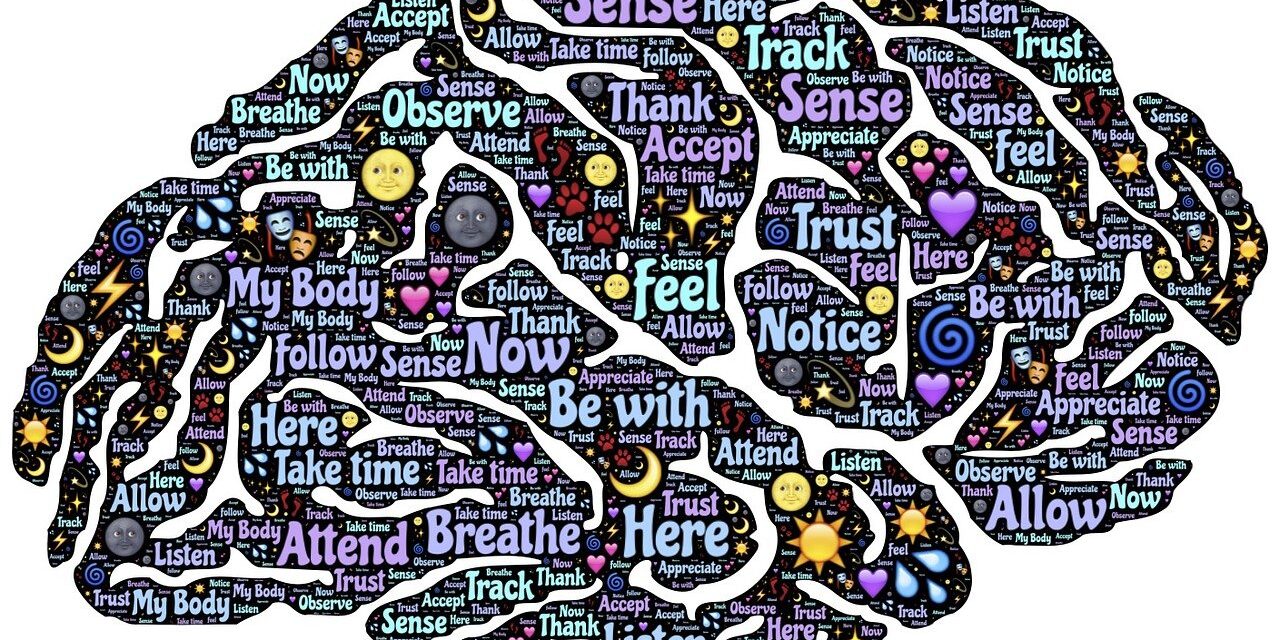Contrary to former beliefs
Your Brain Was Made to Heal Itself and Support itself
The human brain is not a fixed structure. It is plastic, adaptive, and alive. Whether you're healing from trauma, medication withdrawal, burnout, or just everyday overwhelm, your brain has the natural capacity to repair, rewire, and renew itself.
The secret? It listens to everything — not just what you think or say, but how you move, eat, rest, relate, and breathe.
At the center of this healing process is BDNF (Brain-Derived Neurotrophic Factor) — a natural protein that helps grow new neurons and create new connections. More specifically, it’s a neurotrophin, which is a type of protein that supports the growth, survival, and differentiation of neurons in the brain
What Is BDNF and Why Is It So Important?
BDNF is a neurotrophin — a type of protein that acts like growth fertilizer for the brain. It:
- Supports neuroplasticity — your brain’s ability to adapt and rewire
- Stimulates neurogenesis — the creation of new brain cells
- Improves mood, learning, memory, and resilience
- Is naturally increased by healthy lifestyle choices
- Is often low in those experiencing anxiety, depression, chronic stress, or trauma
Why BDNF Matters in Withdrawal and Healing
During withdrawal, the brain often finds itself in a vulnerable state. Neurochemical balances are shifting, stress levels rise, and the nervous system can feel destabilized. This is where BDNF becomes crucial.
BDNF supports healing in withdrawal by:
- Repairing and Rewiring: It helps rebuild and rewire pathways in the brain that have been altered by long-term medication use.
- Restoring Emotional Flexibility: BDNF enhances the brain’s ability to regulate emotion and respond with more balance and stability.
- Counteracting Stress and Inflammation: Withdrawal can increase inflammation in the brain. BDNF works as a natural anti-inflammatory, promoting resilience.
- Enhancing Learning and Adaptation: BDNF helps the brain learn new emotional patterns, responses, and beliefs. It supports the shift from fear to safety — from survival mode to connection mode.
This is why practices that stimulate BDNF are not just helpful — they are essential for true transformation during and after withdrawal.
A Real-Life Story of Rewiring Through Repetition
Years ago I met a beautiful woman who became my friend, my inspiration and teacher — she taught me a lot. She had a lifelong pattern she never spoke about: every morning, she woke up in terror.
Why? Because as a child, waking up meant entering a dangerous world. A house filled with fear, aggression, and emotional attack. So her nervous system — doing its job as it was wired — kept replaying that wake-up response for decades. By the time she and I met, she was nearly 60. She told me how she decided to practice feeling safety and joy every morning — on purpose.
Every single day, she would wake up feeling that same panic and high stress… and then she would sit. Breathe. She meditated. She chose a better-feeling thought. She focused on gratitude, beauty, joy, love for her children, her home, her freedom — whatever she could find, she chose it.
She made feeling happiness her main focus, no matter what. Some mornings it took her an hour. Sometimes it took her less time. But she did it. Every day. For years. She accepted how she woke up and wouldn't let it determine her day or the way she felt about life or herself. She chose happiness no matter what.
And then — in 2025 — something quite miraculous happened. She woke up, and for the first time in over half a century, the terror was gone. In its place: stillness. A sense of ease. Gentle thoughts of love, safety, and appreciation.
Her brain had rewritten its morning script. Safety wasn’t a concept anymore — it had become a feeling her body knew. Joy was no longer something to reach for — it was simply there, waiting with her at dawn.
When she told me, her eyes were radiant. Her whole being seemed to hum with light. And in that moment, I saw the quiet power of what she had done. Day after day, she had shown up — not to fight her fear, but to teach her nervous system a new way to live.
This is what healing can look like. Not a single breakthrough, but a thousand soft, steady choices — to breathe, to feel, to stay, to believe.
Her story lives in me now. I tell it often, because it’s not just a testimony of neuroplasticity — it’s a sacred example of what becomes possible when you meet yourself each morning with devotion, not demand. With presence, not panic. With love, not resistance.
Six Holistic Ways to Boost Brain Growth and Healing
You don’t need to change everything overnight. You just need to know what helps — and take one small step at a time. Here’s a balanced approach that goes far beyond food:
1. Gentle Movement That Creates Safety
Walking, dancing, yoga, tai chi — these calm your nervous system and stimulate BDNF. Movement acts like a “reset” button for both mind and body.
Study: Erickson et al., 2011: Just 40 minutes of walking 3x a week significantly increased hippocampal volume in adults.
Quote: "Don’t move to burn calories. Move to tell your brain: it’s safe now."
2. Mindfulness and Meditation
Mindfulness has been shown to increase BDNF, thicken the prefrontal cortex, and calm the fear center (amygdala). It teaches your brain to observe instead of react — which creates space for healing.
Start with 5 minutes of breathing. Or simply notice your hands as you wash them. That’s mindfulness too.
3. Deep Emotional Processing
Emotions that are felt and allowed, heal. Emotions that are suppressed, get stuck in the body and nervous system.
Parts work with MAP or IFS, somatic tracking, EFT, or just crying in the shower with always a part of you that is present and observant of what you are feeling — all help regulate and restore.
Quote: “Feeling is the doorway. Presence is the rewiring.”
BDNF increases when you process safely — not by pushing through, but by staying with what’s real.
4. Sleep and Deep Rest
Sleep is when your brain cleans itself, repairs damage, and creates new neural connections. BDNF is released during deep, non-REM sleep. Rest isn’t laziness. It’s neurological restoration.
Tips:
- Go to bed at consistent times
- Avoid screen light 1 hour before sleep
- Rest during the day with quiet, music, or nature
5. Positive Expectancy and Mental Rehearsal
When you visualize healing, your brain starts creating new circuits around possibility instead of fear. This rewires your Reticular Activating System (RAS) to notice safety, joy, and opportunity.
Try this:
“What would it feel like to wake up tomorrow with more lightness in my body?”
Don’t answer. Just feel it. That’s the rewiring.
Study: Doidge, 2007: Mental imagery changes brain structure the same way physical experience does.
6. Connection, Play, and Laughter
Safe, attuned connection raises oxytocin, which supports neurogenesis and emotional regulation. Laughter, play, and creativity also stimulate BDNF and calm the nervous system.
Healing doesn't always have to be hard. Sometimes the medicine is a deep laugh, a silly song, or a good friend.
“Your brain heals when it feels joy. Your brain can only experience joy when it's safe. So when you feel joy, you communicate safety at the same time.”
It’s Not About Perfection. It’s About Repetition.
You don’t need a long or complex or perfect morning routine. You need consistency. The brain rewires not because you do something intensely, but because you do it repeatedly with love.
One breath. One walk. One moment of honesty. That’s how change begins.
Final Words
You’re not broken. And I can't stretch that enough. Your brain is doing exactly what it learned to do. And now — you’re teaching it something new.
Whether you’re tapering off meds, healing from trauma, or finding your way back to your true self — know this:
- Your brain is always listening
- Your body is always responding
- And you are always allowed to begin again and again
Want to Go Deeper?
If this resonates with you, and you want to explore how to rewire your brain through loving presence, emotional healing, and daily practices — I’d love to walk beside you.
Explore my courses or book a session here.






